

©PEOPLE’S GOVERNMENT OF QINGTIAN COUNTY, CHINA
Rice-fish Culture, Qingtian County, China
Rice and fish co-culture, a millenary agroecological practice that supports farmers’ future and livelihood
THE SYSTEM
For over 1 300 years, farmers in Longxian village of Zhejiang in Qingtian County have raised fish in their paddy fields. An ecological symbiosis exists in such agricultural systems: the fish provide fertilizer, regulate microclimatic conditions, soften the soil, disturb the water, and eat pests larvae and weeds in the flooded fields, while the rice provides shade and food for the fish.
The products and ecological services arising from these ecosystems benefit both farmers and the environment. The fish and rice provide high-quality and nutritious food for the farmers and their families. The low cost inputs associated with the system increase efficiency, reduce the use of chemical fertilizers, pesticides and herbicides for insect and weed control, and help conserve agrobiodiversity and protect the environment. The rice-fish system in Longxian demonstrates an ingenious approach to generating ecological, economic and social benefits by encouraging essential ecological functions.
SUPPORTING TRADITIONAL AGRICULTURAL PRACTICES CAN BOOST THE VALUE OF PRODUCTS
Since its designation as a GIAHS site in 2005, Qingtian County has been exploring development and conservation practices with the goals of coexistence, sharing and prosperity. Under the Qingtian Action Plan, the government sought to enhance the development of the rice-fish industry. The collective operating income of 104 villages in the county increased from CNY 2 683 500 (USD 401 151) in 2017 to CNY 17 455 000 (USD 2 609 313) in 2021.
The brands of “Qingtian paddy fish” and “Qingtian paddy rice and fish” have been established as regional brands and certified as national geographical indications. Qingtian County’s development of its rice and fish culture was selected by the local government as one of the top ten innovative practice cases of rural revitalization in Zhejiang Province in 2021.
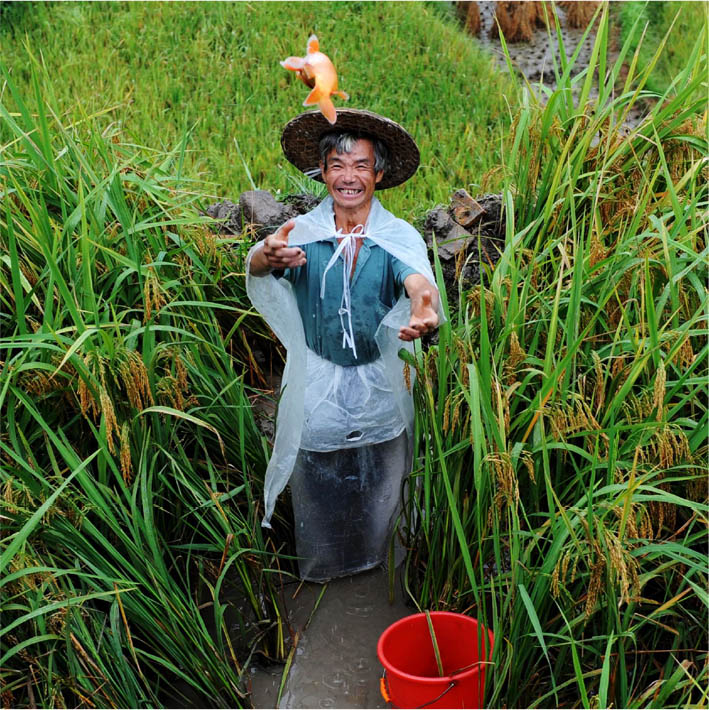
A farmer is harvesting fish in rice paddy fields in Qingtian
©PEOPLE’S GOVERNMENT OF QINGTIAN COUNTY, CHINA
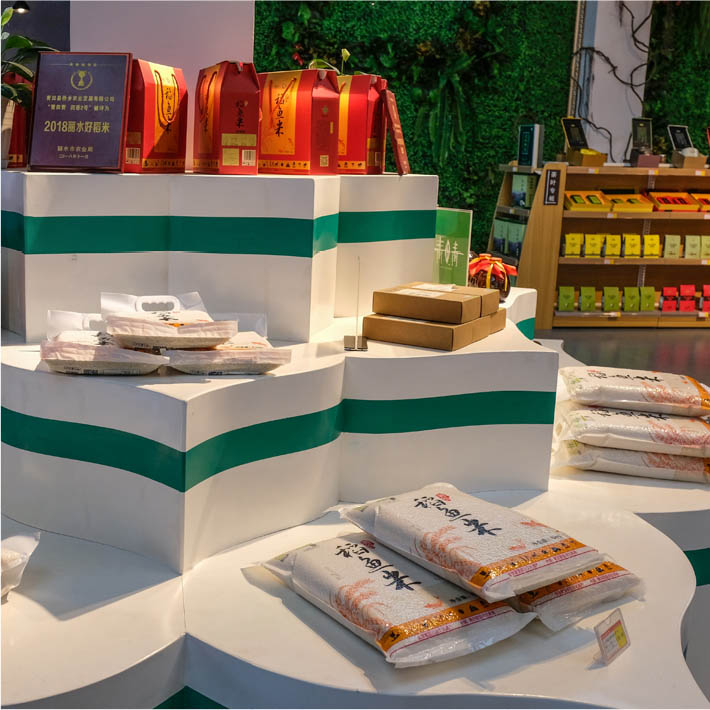
Products of “Qingtian paddy rice and fish”
©PEOPLE’S GOVERNMENT OF QINGTIAN COUNTY, CHINA
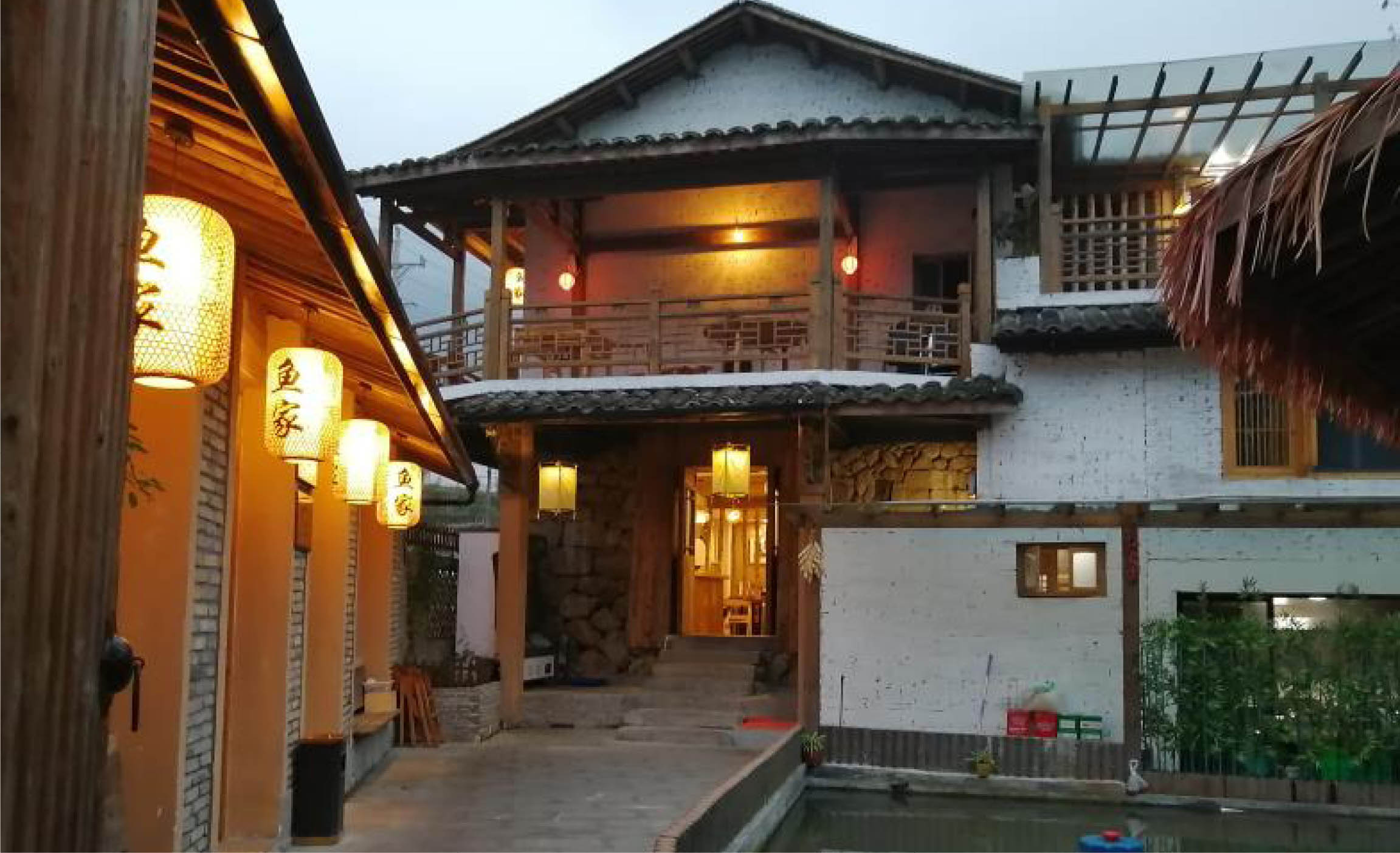
The first rice-fish themed restaurant founded by farmers in Qingtian County
©PEOPLE’S GOVERNMENT OF QINGTIAN COUNTY, CHINA
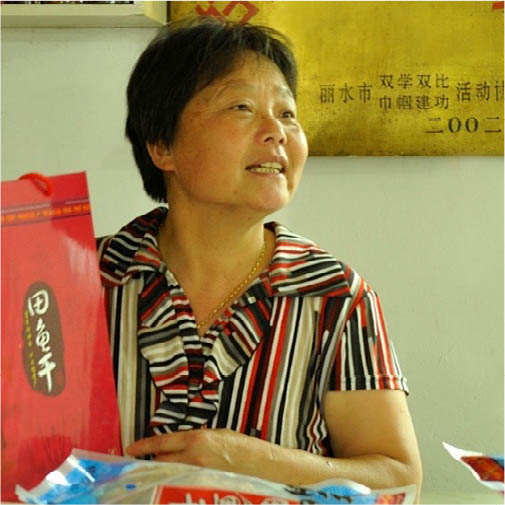
GIAHS improves the life of farmers by safeguarding agricultural heritage who constitutes their livelihoods, culture and point of reference.
Lizhen Wu A local female farmer who set up the first rice-fish themed restaurant in Qingtian CountyThe Rice-fish Culture system has been widely publicized and has encouraged many young people and overseas Chinese to return to their hometowns to start businesses.
Lizhen Wu, a farmer from the Qingtian site, founded the county’s first restaurant, which now has an annual income of more than CNY 500 000 (USD 74 744), and was awarded the Model Farmhouse in Zhejiang Province, an award established by the local authorities that recognizes remarkable achievements in the agricultural sector.
Yuepin Jin returned from France to learn fish incubation and traditional rice-fish culture. He established a rice-fish farming demonstration site, a breeding centre for the local koi carp fish, and a rice-fish farmers’ cooperative, with registered trademarks for the products. He also helped win both the rice and the fish national certifications as “green food” in recognition of their natural qualities and environmental value. FAO recognized Yuepin Jin as a “model farmer” in 2014 for his success as a rice-fish farmer.
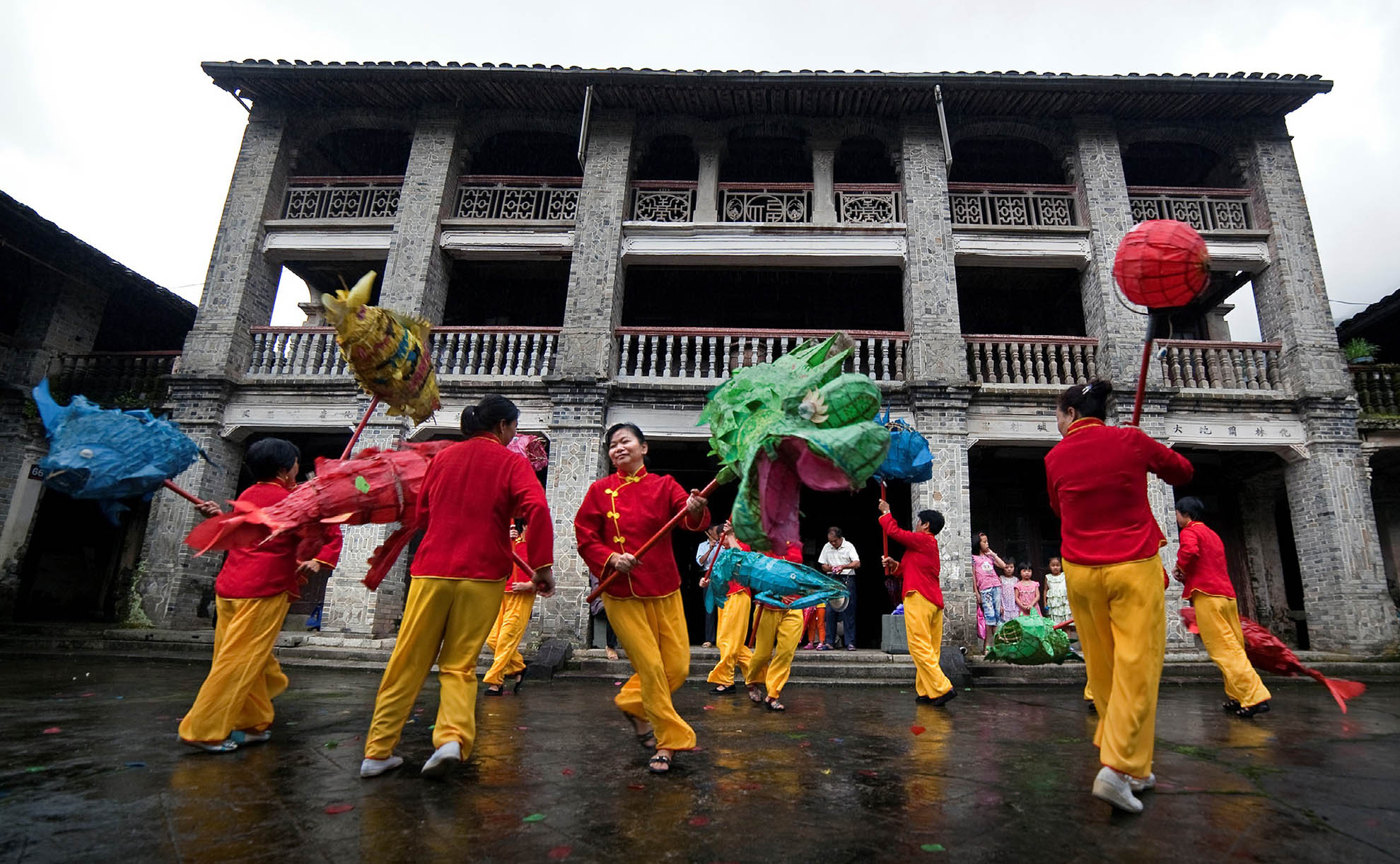
Farmers performing the traditional Qingtian fish lantern dance
©PEOPLE’S GOVERNMENT OF QINGTIAN COUNTY, CHINA
Returning from Ecuador, Xiao’ai Yang founded an agricultural heritage-themed hotel in Shaoshan village and an international research and learning camp in Fangshan town to teach young people to learn about GIAHS and help them to experience farming life.
LEARN MORE
Growing rice and fish together in China
ACHIEVEMENTS
The Rice-fish Culture of Qingtian County was the first GIAHS site in the world. Since being designated in 2005:
- Qingtian County has established a committee to support the conservation and development of agricultural heritage and has formulated two ten-year plans to protect and promote rice-fish symbiosis.
- Twenty traditional rice varieties have been returned to cultivation. Around 30 farmers have directly participated in the conservation of the diversity of rice and fish species in Qingtian, and a research centre for Rice-fish symbiotic germplasm resources has been established.
- The county´s rice-fish symbiosis model has been actively extended with the support of the government and local communities to a total of 1 600 hectares, with increased earnings of more than CNY 15 000 (USD 2 242) per hectare, benefiting more than 52 000 people.
- Over 30 training courses have been held on rice-fish symbiosis conservation techniques as well as two advanced training courses on GIAHS in the framework of South–South Cooperation.
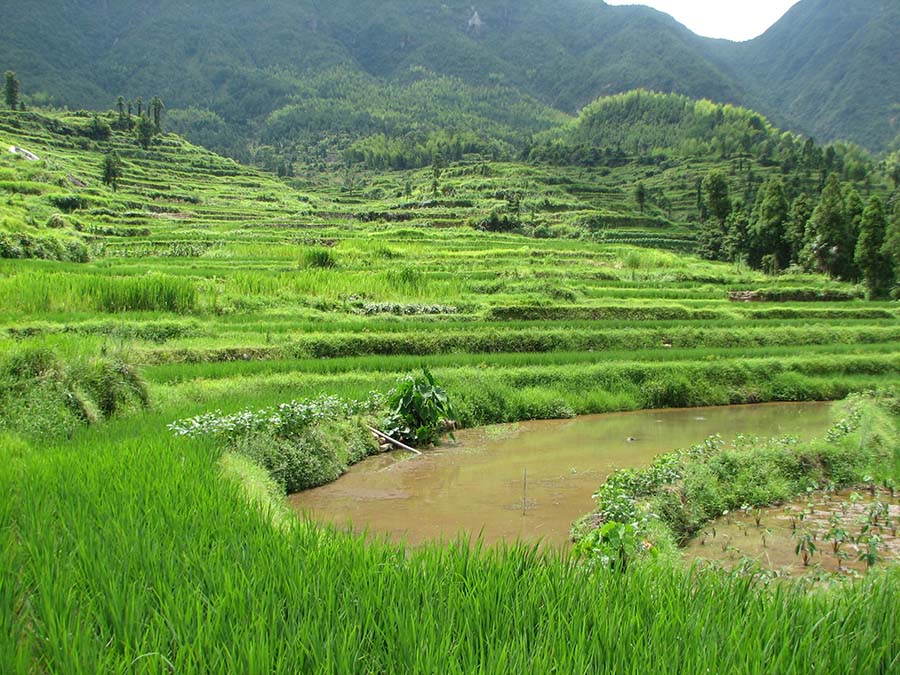
Traditional fish ponds in Qingtian County
©FAO/Luohui Liang
- An alliance for the conservation and development of GIAHS (China) was established to promote co-production, sharing and enrichment. The Qingtian rice–fish symbiosis model has been introduced to six provinces and municipalities.
- Schoolteachers, researchers and promoters have incorporated traditional knowledge of the Rice-fish Culture system model into early childhood books, primary and secondary school textbooks and high school geography courses.
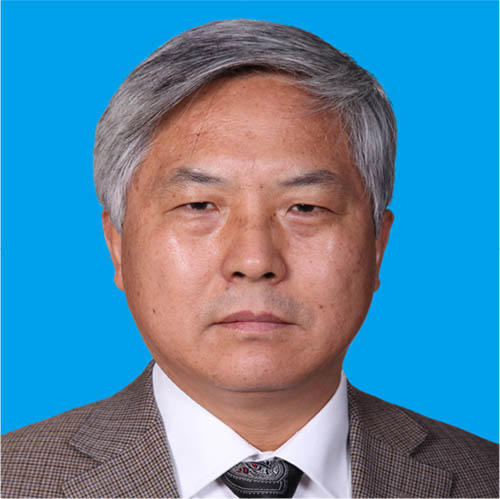
Rice-fish Culture deserves the model of agricultural heritage by its harmony among heaven, earth and human. Qingtian County lives up to the pioneer for exploring the road to common prosperity by its connectivity between China and other countries.
Qingwen Min Professor at the Institute of Geographic Sciences and Natural Resources Research of the Chinese Academy of Sciences. Chairman of the Expert Committee on Globally Important Agricultural Heritage Systems, Ministry of Agriculture and Rural Affairs of ChinaRESOURCES
Asia and the Pacific | Globally Important Agricultural Heritage Systems (GIAHS) | Food and Agriculture Organization of the United Nations | GIAHS | Food and Agriculture Organization of the United Nations (fao.org)
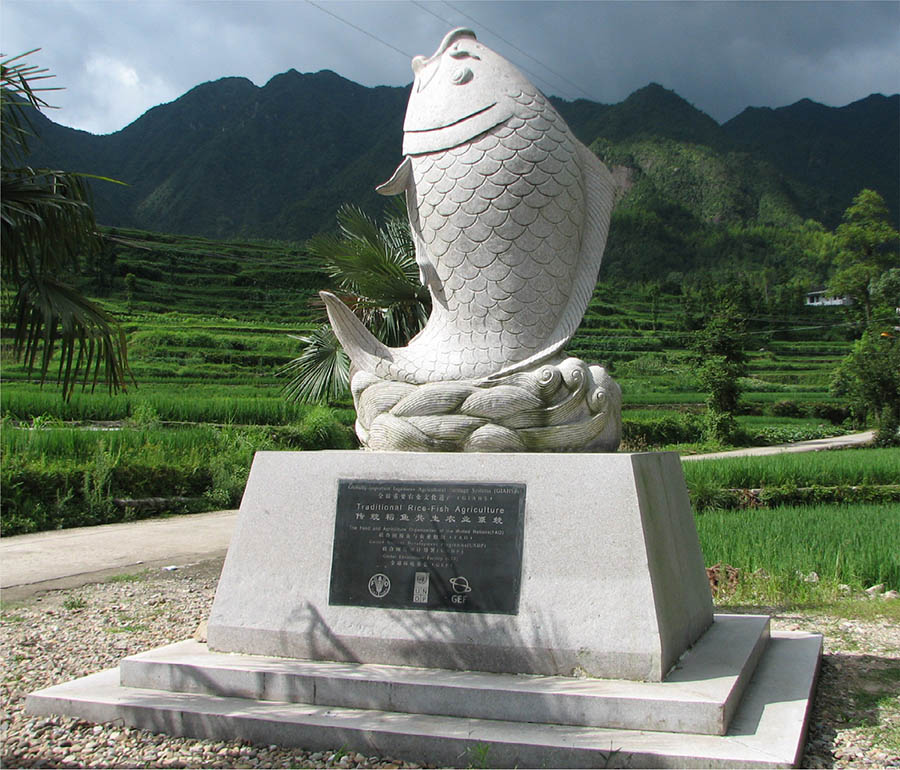
Fish statue in Qingtian County to acknowledge traditional rice-fish agriculture
© FAO/LUOHUI LIANG

